How to make Kenyan Coffee how to make Kenyan Coffee hand-made proportional Grinding parameters Taste characteristics
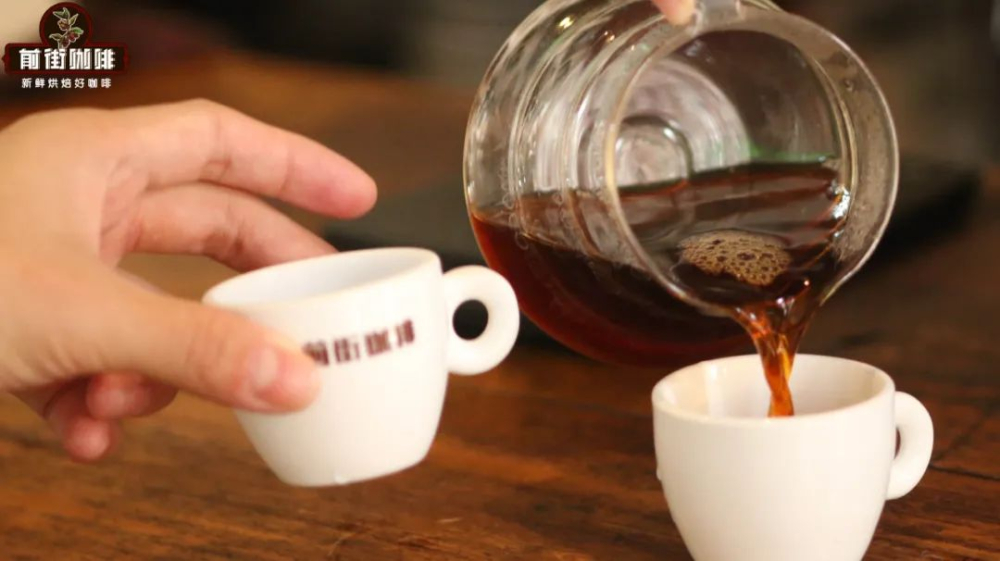
Friends who like to drink sour coffee should know that Kenyan coffee is famous for its full and solid fruit acidity, like fruit juice taste, rich and complex flavor, which people will remember as soon as they drink it. Qianjie thinks that if you want to make a good coffee bean, you might as well understand its characteristics first, and then discuss how to make it taste better. If you want to discuss in depth how the acidity of Kenyan coffee beans comes from, Qianjie has to mention the local growing environment, coffee varieties and post-treatment of coffee beans.
Most of Kenya's coffee trees grow in the fertile, loose, acidic volcanic red soil of the northern and eastern plateaus of Robi, where there is plenty of light and good drainage, between 1400 and 2000 meters above sea level. Because the higher the altitude, the greater the temperature difference between day and night, the ripening cycle of Kenyan coffee is longer than that of low altitude, so it has higher density and rich flavor.
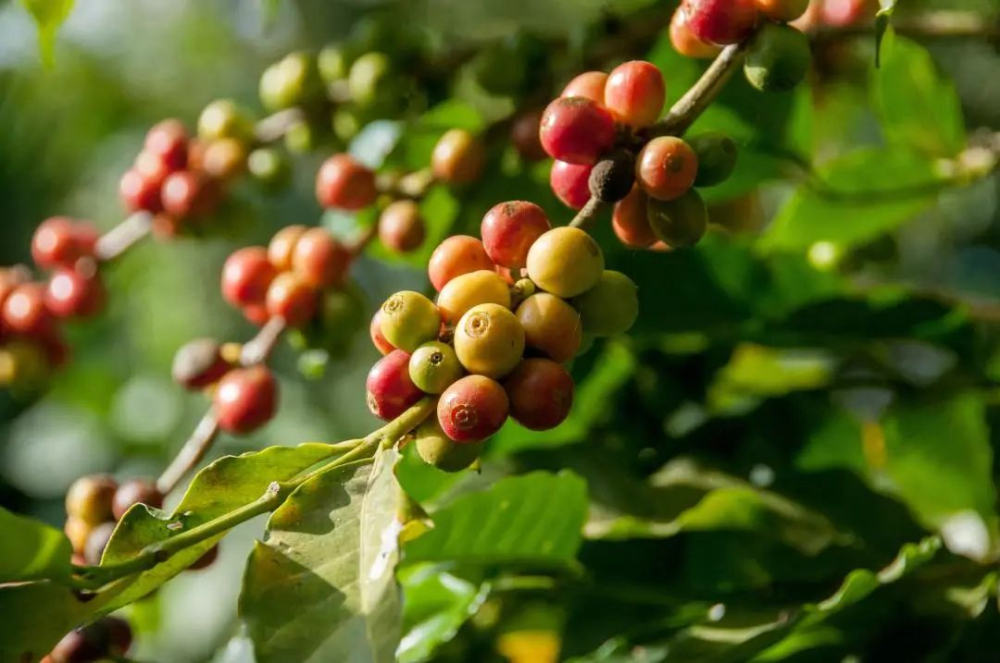
In addition, the two common coffee varieties in Kenya, SL28 and SL34, are variants of bourbon. Through the cup test of several Kenyan coffee beans in Qianjie, it was also found that the sour berry aroma of SL28 and SL34 was particularly prominent. In 1922, the Kenyan government established the Scott Agricultural Laboratory (hence the name Scott Labs,SL28 and SL34) to engage in coffee cultivation research. In the more than 10 years since its establishment, they selected SL28 and SL34 from 42 coffee varieties suitable for growing areas, providing a very good start for the development of the coffee industry. Now these two varieties occupy 90% of Kenya's acreage.
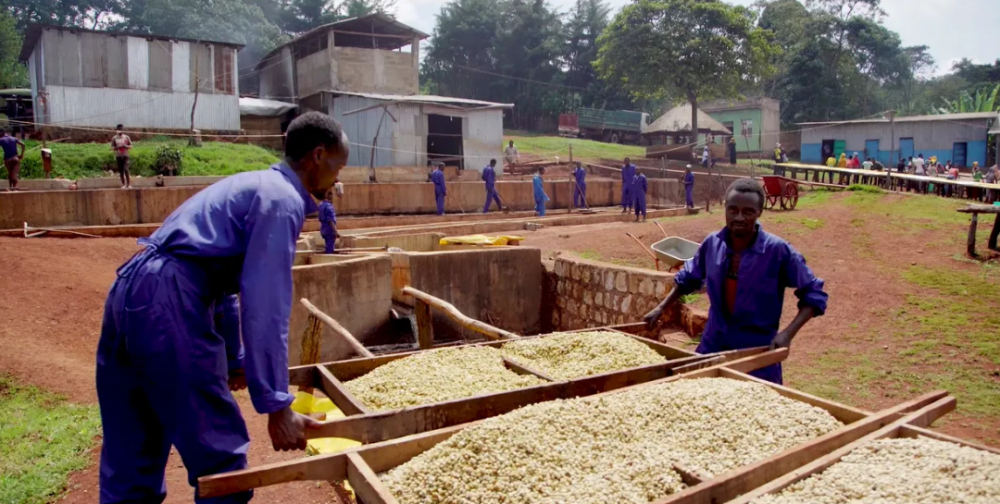
Unlike many coffee producers in Africa, Kenyan coffee producers are accustomed to the delicate and unique 72-hour fermentation water washing treatment, also known as K72. The coffee cherries harvested on the same day were screened first to eliminate the bad ones. Then peel and ferment, the fermentation time is 24 hours, and then wash with clean river water after 24 hours. Then, it was fermented for 24 hours with clean river water, and then washed. The cycle was repeated 3 times, and the total fermentation time was 72 hours. After a long period of fermentation and brushing, the original rich acidity of Kenyan coffee beans has become more complex and cleanliness has been improved.
The Kenyan coffee beans launched on Qianjie come from the Sika producing area and are produced and processed by Asalia Asali Honey processing Plant. In order to retain the rich acidity of Kenyan coffee, Qianjie roasters use medium-light roasting, showing the flavor of Sydney, black plum, yellow sugar, virgin fruit and Brin.
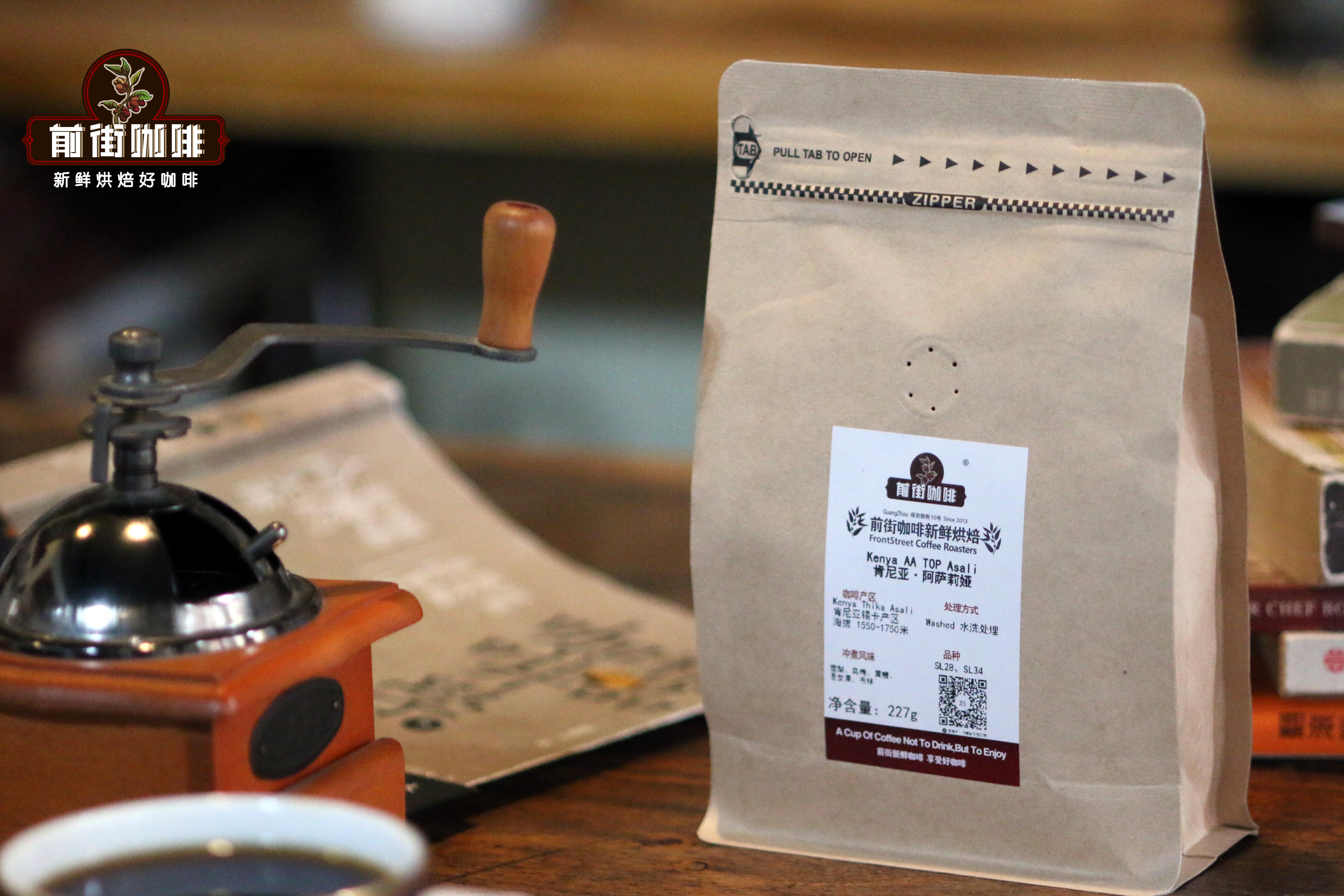
A good cup of hand-brewed coffee is inseparable from these main factors: fresh coffee beans in the appreciation period, appropriate grinding degree, powder-to-water ratio, brewing water temperature, water injection method.
Coffee beans will have 4-7 days of exhaust time after roasting, and then enter a stage of optimal taste. As the storage time increases, the aroma of the coffee will accelerate volatilization, and the flavor and taste will be greatly reduced. Qianjie in order to ensure that everyone drinks coffee flavor in the best period, will ensure that only the delivery of 5 days of fresh roasted beans, fresh coffee beans are more conducive to us to extract the quality flavor of Kenyan coffee.
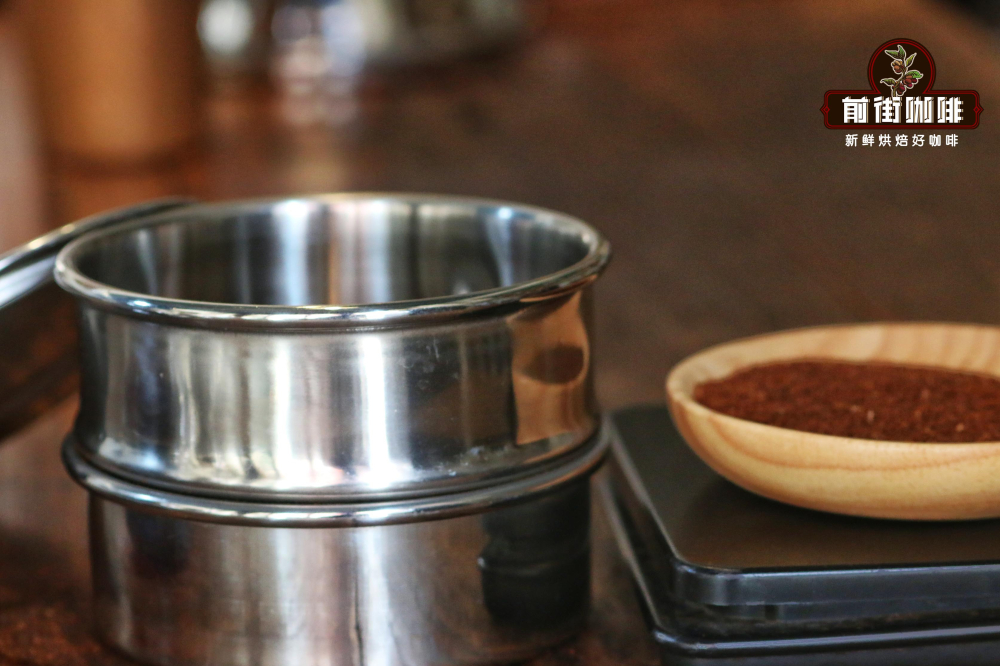
No matter which kind of grinding equipment you choose, the purpose is to get uniform coffee powder. The thickness of coffee powder will directly affect the taste of coffee, coffee powder is too thick, easy to extract insufficient taste light, too detailed easy to over-extract, the taste will be bitter. A tool is used to adjust the grinding degree in the front street-China 20 0.85mm standard sieve. The screening rate of medium and shallow roasted coffee beans in front street is always 75%, while that of medium and deep roasted coffee beans is 70%. Here, Asaria, Kenya, belongs to medium-shallow roasted high-altitude coffee beans, and the front street wants to extract more aromatic substances, so choose the thickness of the No. 20 standard sieve with a pass rate of 80%, and the store uses an EK43s bean grinder to scale 10.
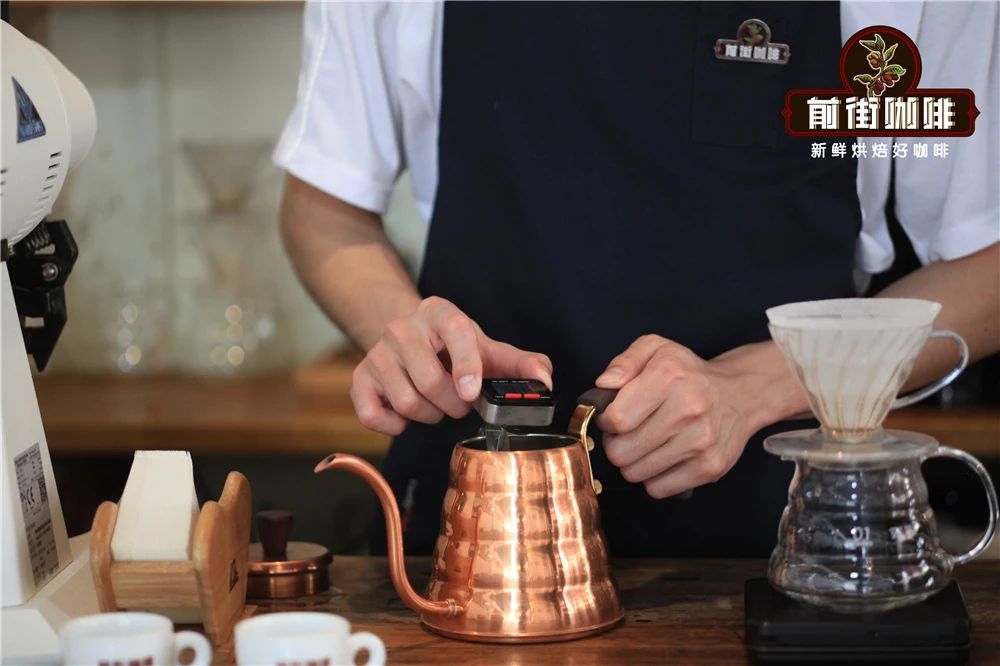
Water temperature and grinding degree play a similar role. The higher the water temperature, the higher the extraction efficiency of coffee, the easier it is to release various substances, and the higher the concentration is. If you use hot water that is close to boiling, it is easy to extract unpleasant bitter substances, so if you deep-bake coffee beans, Qianjie will use different cooking parameters from light-roasted coffee beans. Therefore, 87-88 ℃ is recommended in the front street of Zhongshen roasted coffee beans, while light-roasted coffee needs higher water temperature to stimulate aroma, so 91-93 ℃ is used.
The daily products of Qianjie coffee shop will choose Hario V60 and KONO filter cups. V60 filter cup is mainly responsible for producing coffee beans with shallow roasting degree, while KONO filter cup is responsible for producing coffee beans with deeper roasting degree. Here Qianjie baristas will use resin V60 filter cups to extract light roasted Kenyan coffee. The body of the V60 filter cup has a large round hole connecting the diversion ribs at the top and the bottom and the center, which speeds up the flow rate of the water, while the spirally shaped exhaust trough is designed to lengthen the flow path and increase the contact time of coffee powder and hot water. each flow of water converges along the groove to the center of the filter cup, the pressure on the coffee powder is concentrated, and the coffee extracted is more layered.
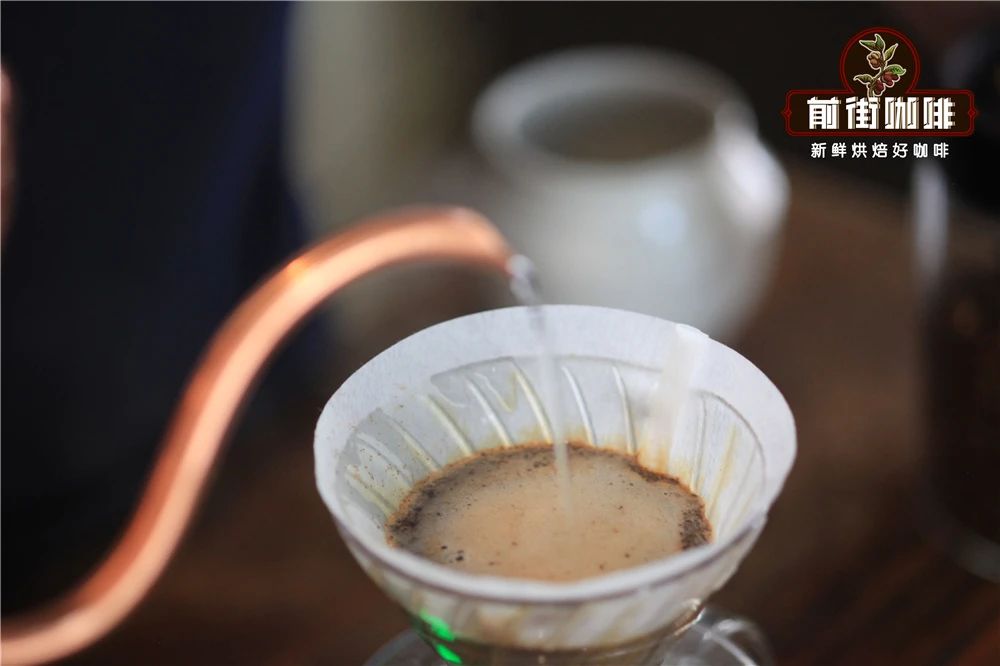
According to previous cooking experience, Qianjie suggests beginners to use three-stage water injection. Three-stage extraction is beneficial to dissolve flavor substances more fully, increase the level of taste, and avoid excessive extraction of coffee after soaking for too long.
If 15 grams of coffee powder, 1:15 powder-water ratio, 225ml total water, three stages of water is divided into: 30ml, 95ml, 100ml, the weight on the electronic scale shows: 30g, 125g, 225g.
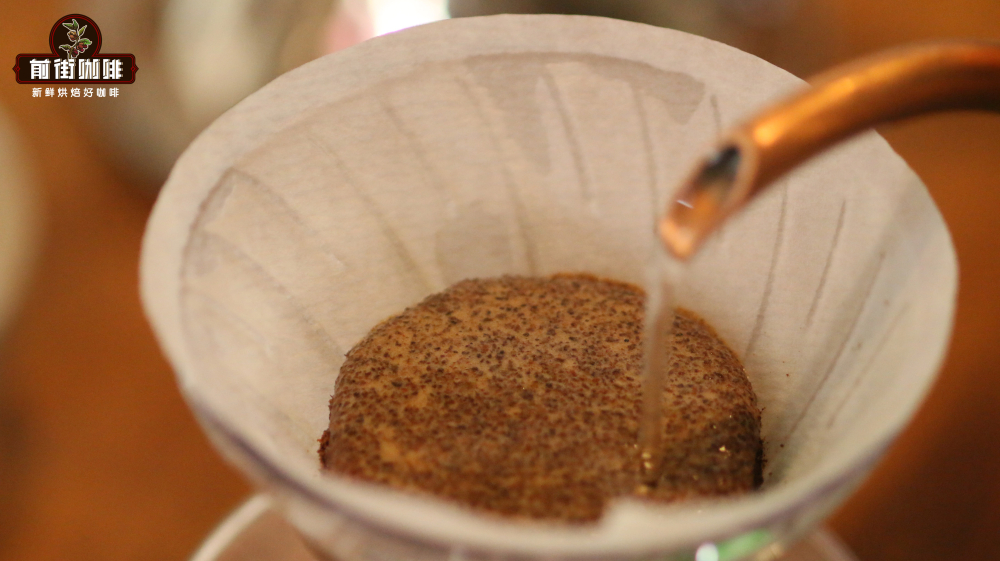
Fold the filter paper and stick it with the filter cup, wet the filter paper with a small amount of water and make them fit better, and pour out the water from the pot. Then pour in the coffee powder and gently pat to let the powder layer distribute evenly. The first stage is gently injected with 30 grams of water for steaming for 30 seconds, and the second stage is injected with about 125 grams of water to circle evenly and smoothly outward. Then wait for the coffee liquid to drop, drop to half, inject the last section of water to 225 grams, wait for the coffee to fall behind, the general total extraction time is about 2 minutes.
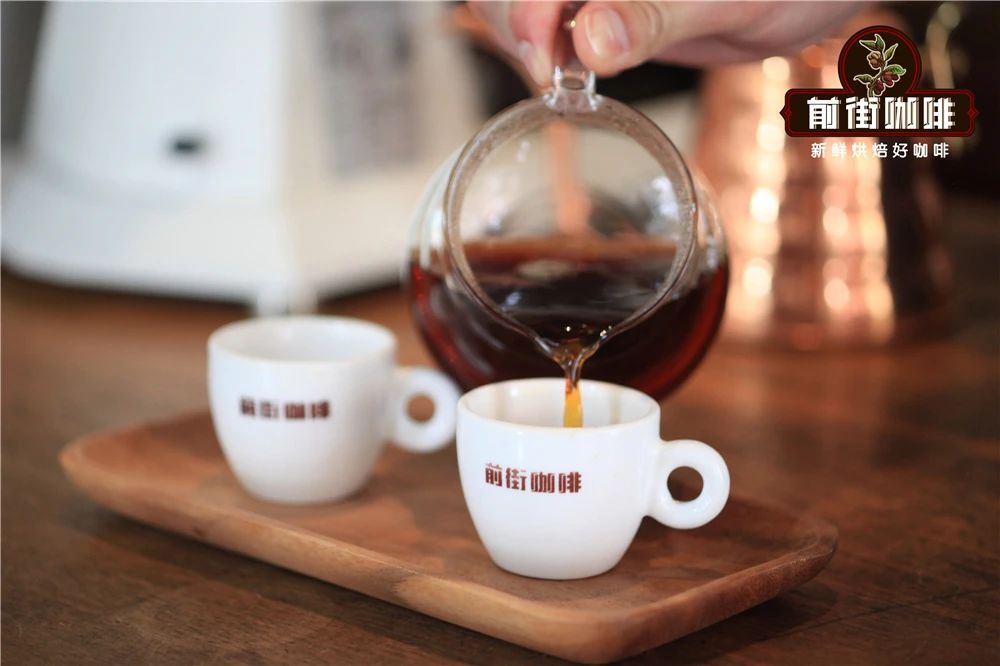
Hand-brewed Kenyan coffee shows small tomato, dark berry, black Brin fruit flavor, sweet reminiscent of honey, accompanied by a thick, round plum-like juice. The level is very rich, the entrance is mellow, and the finish is bright.
Professional coffee knowledge exchange more coffee bean information please follow the coffee workshop (Wechat official account cafe_style)
For more boutique coffee beans, please add private Qianjie coffee on Wechat. WeChat account: qjcoffeex
Important Notice :
前街咖啡 FrontStreet Coffee has moved to new addredd:
FrontStreet Coffee Address: 315,Donghua East Road,GuangZhou
Tel:020 38364473
- Prev
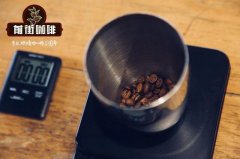
The origin of Kenyan coffee beans A brief introduction to the flavor characteristics of Kenyan coffee beans
Professional coffee knowledge exchange more coffee bean information please follow the coffee workshop (Wechat official account cafe_style) front street-Kenya coffee producing characteristics introduction about the characteristics of Kenyan coffee, I believe that everything you have drunk can be dumped. Kenya, as the second largest coffee producer in Africa, not only has the output, but also the quality of the coffee is excellent, which is why.
- Next

Taste of Bolivian coffee beans introduction to the taste of Bolivian coffee beans
Professional coffee knowledge exchange more coffee bean information please follow the coffee workshop (Wechat official account cafe_style) front street-Bolivian coffee features introduction Bolivia, does not seem to know much about the country's coffee bar! Bolivia is a country in South America, with the high elevations of the Andes, diverse topography, abundant precipitation and mild climate ring.
Related
- Beginners will see the "Coffee pull flower" guide!
- What is the difference between ice blog purified milk and ordinary milk coffee?
- Why is the Philippines the largest producer of crops in Liberia?
- For coffee extraction, should the fine powder be retained?
- How does extracted espresso fill pressed powder? How much strength does it take to press the powder?
- How to make jasmine cold extract coffee? Is the jasmine + latte good?
- Will this little toy really make the coffee taste better? How does Lily Drip affect coffee extraction?
- Will the action of slapping the filter cup also affect coffee extraction?
- What's the difference between powder-to-water ratio and powder-to-liquid ratio?
- What is the Ethiopian local species? What does it have to do with Heirloom native species?

